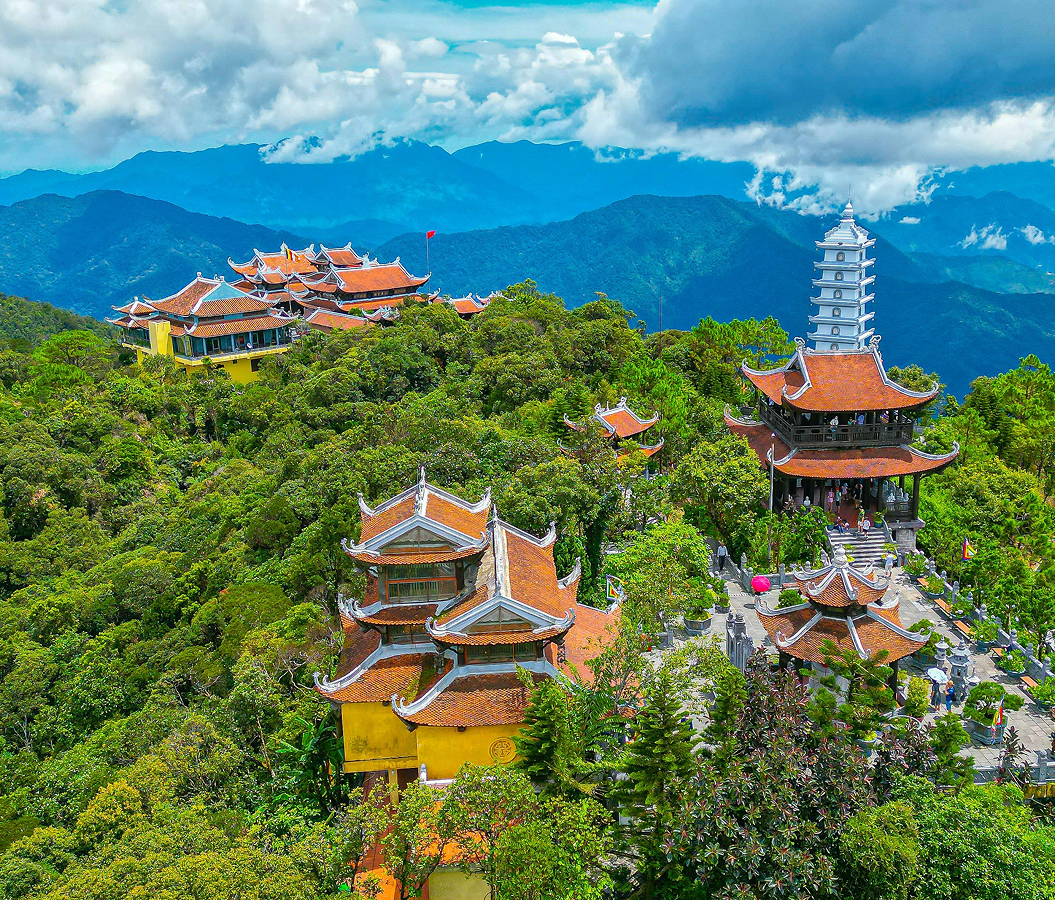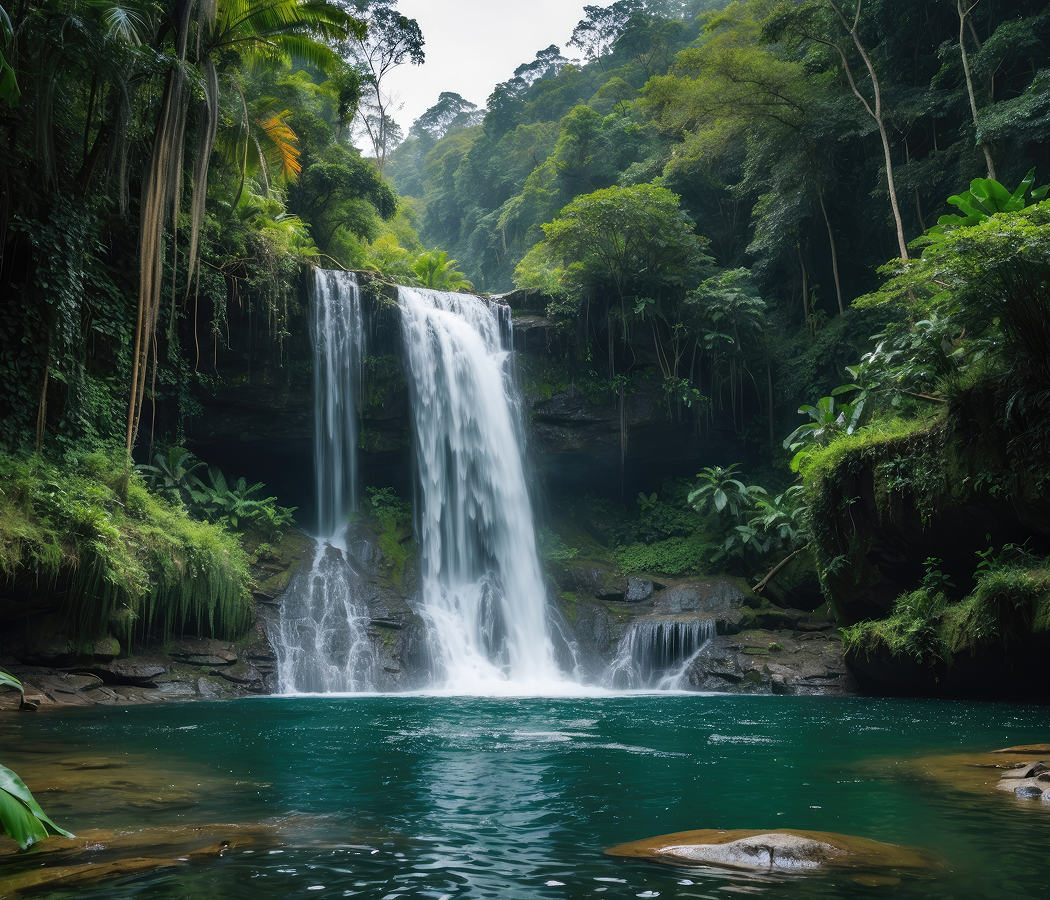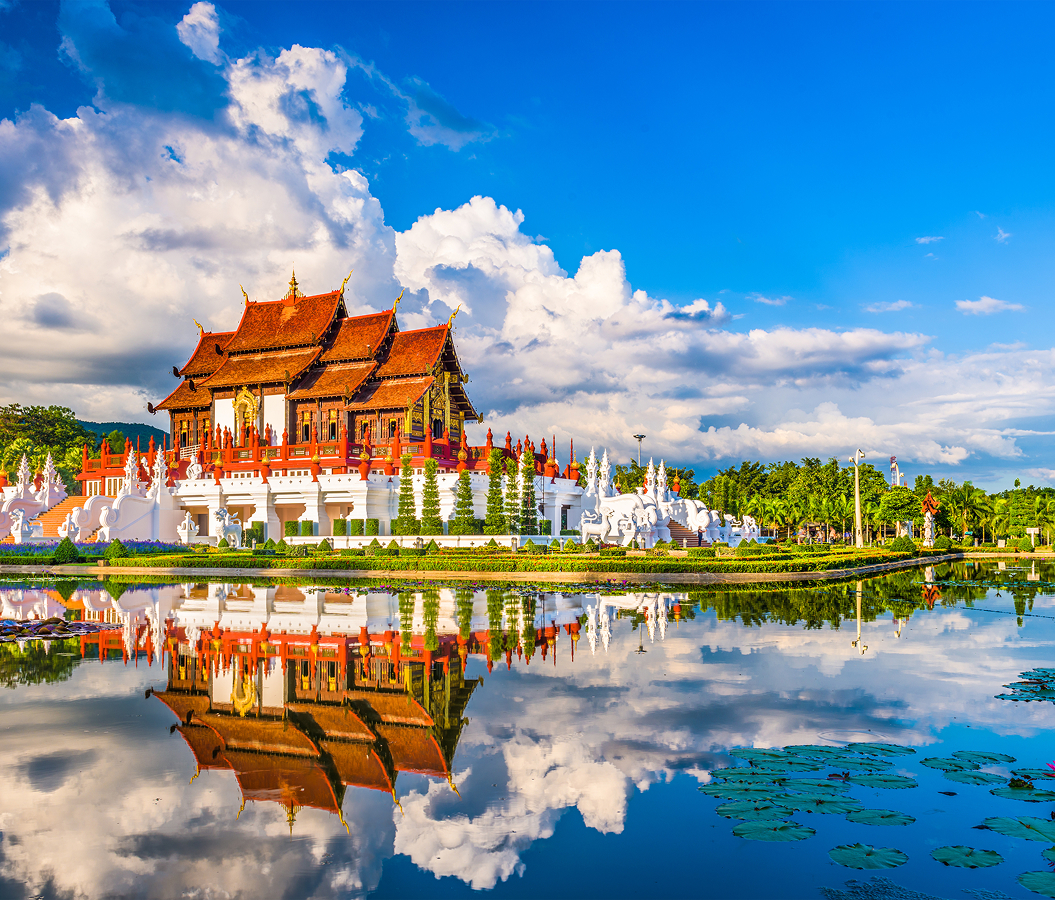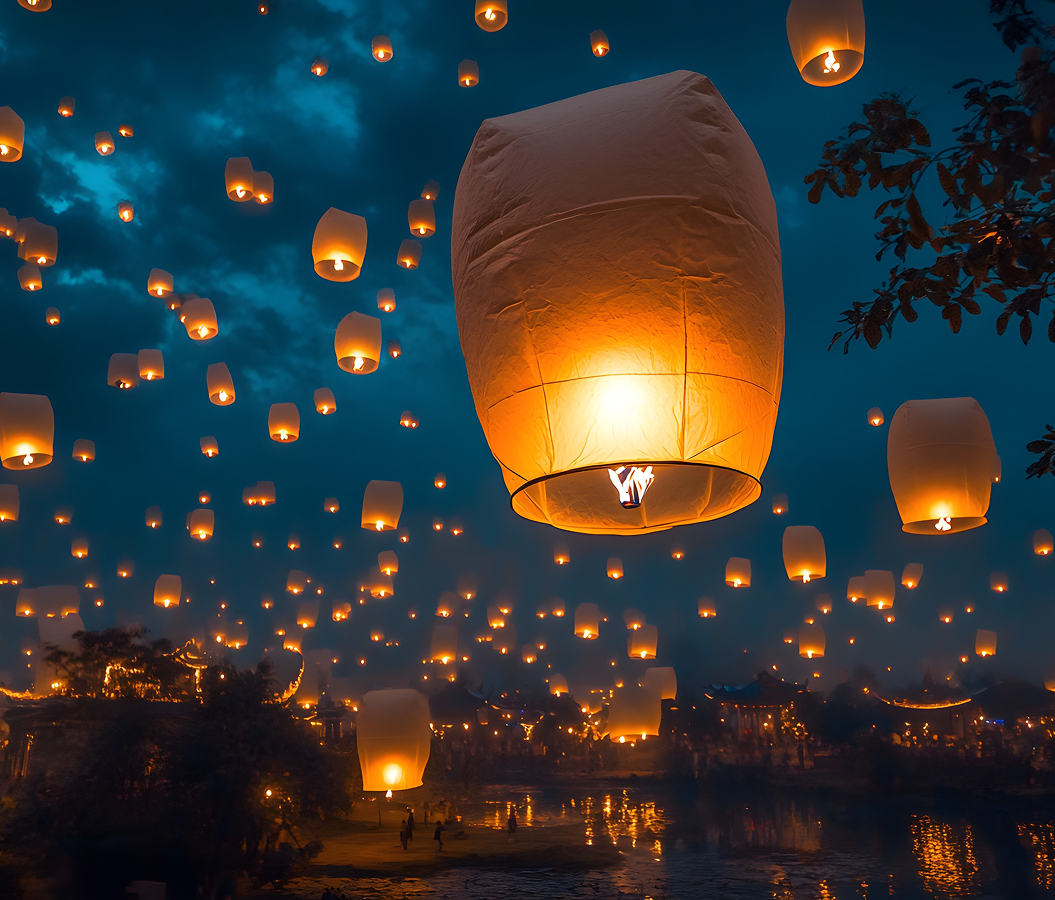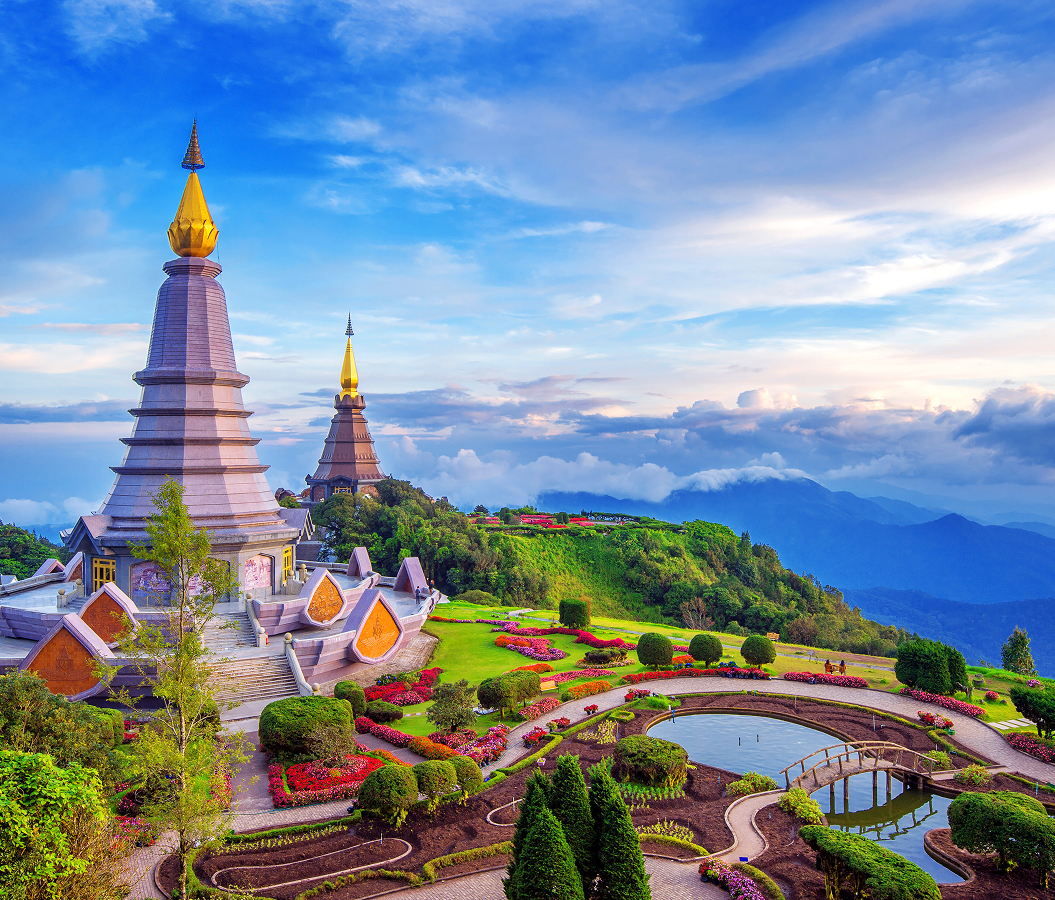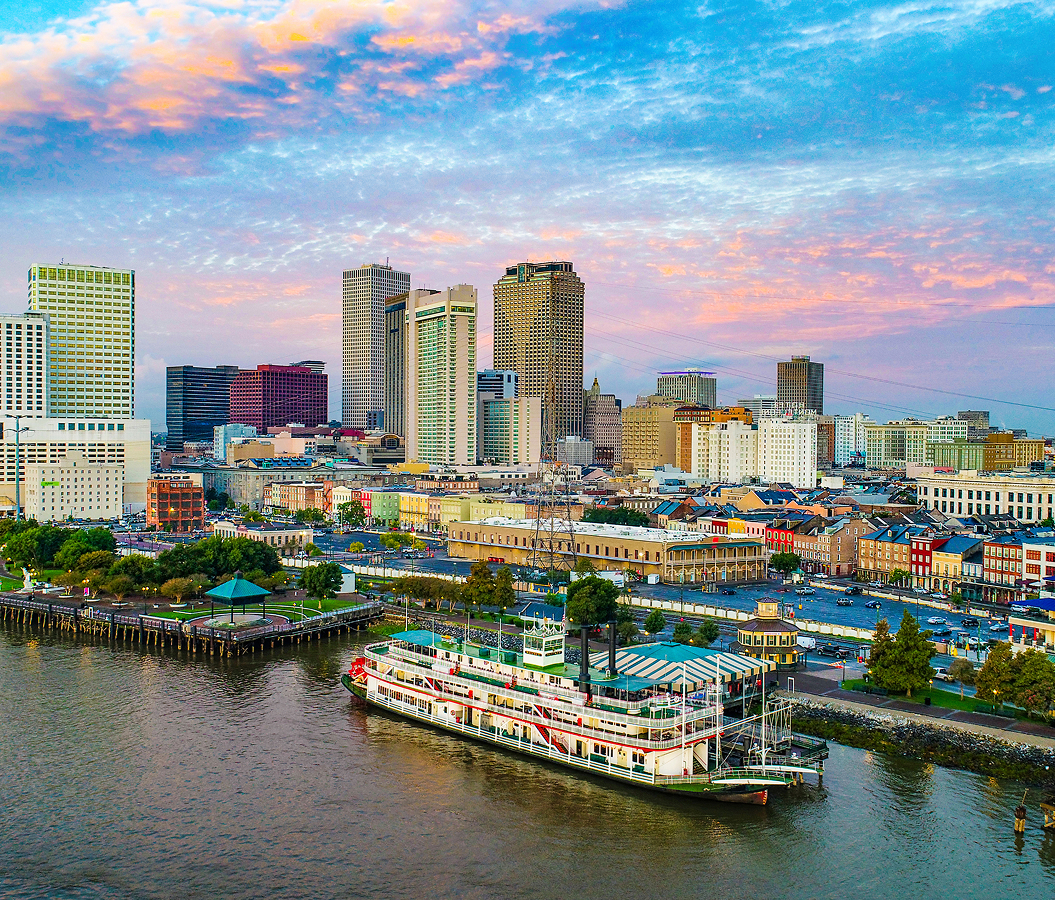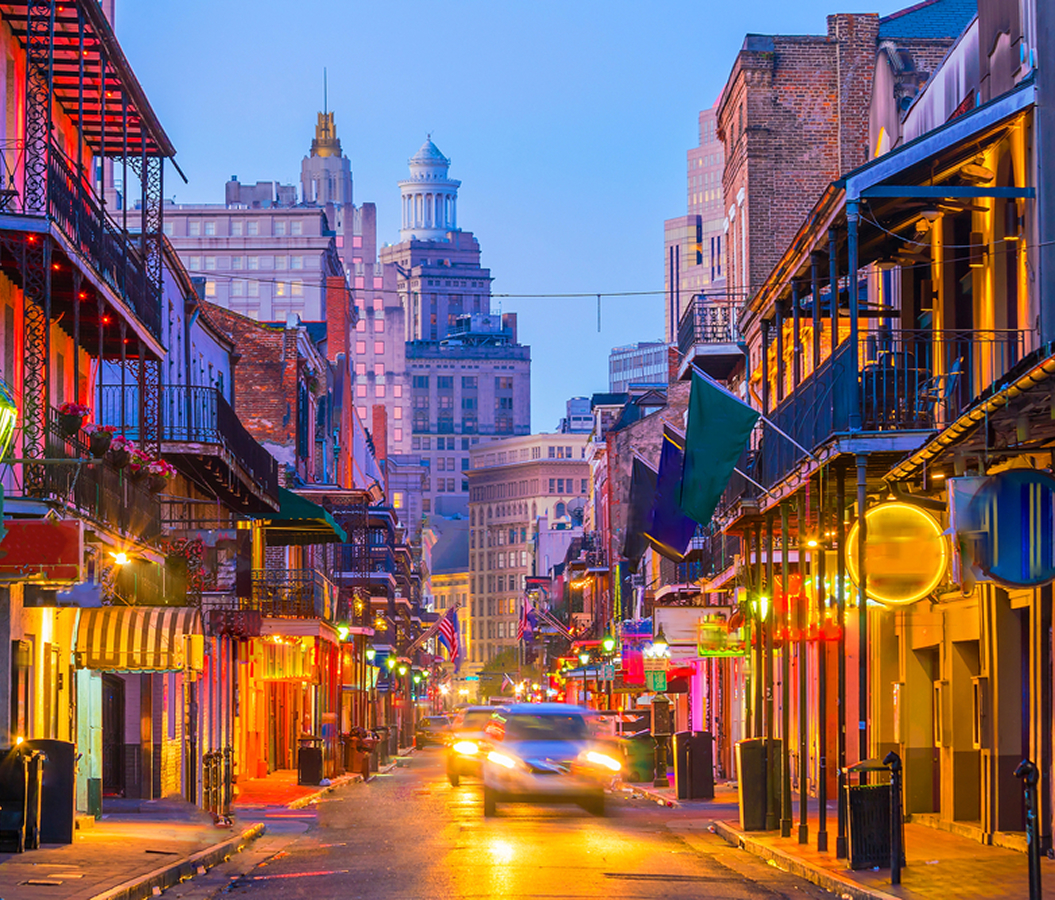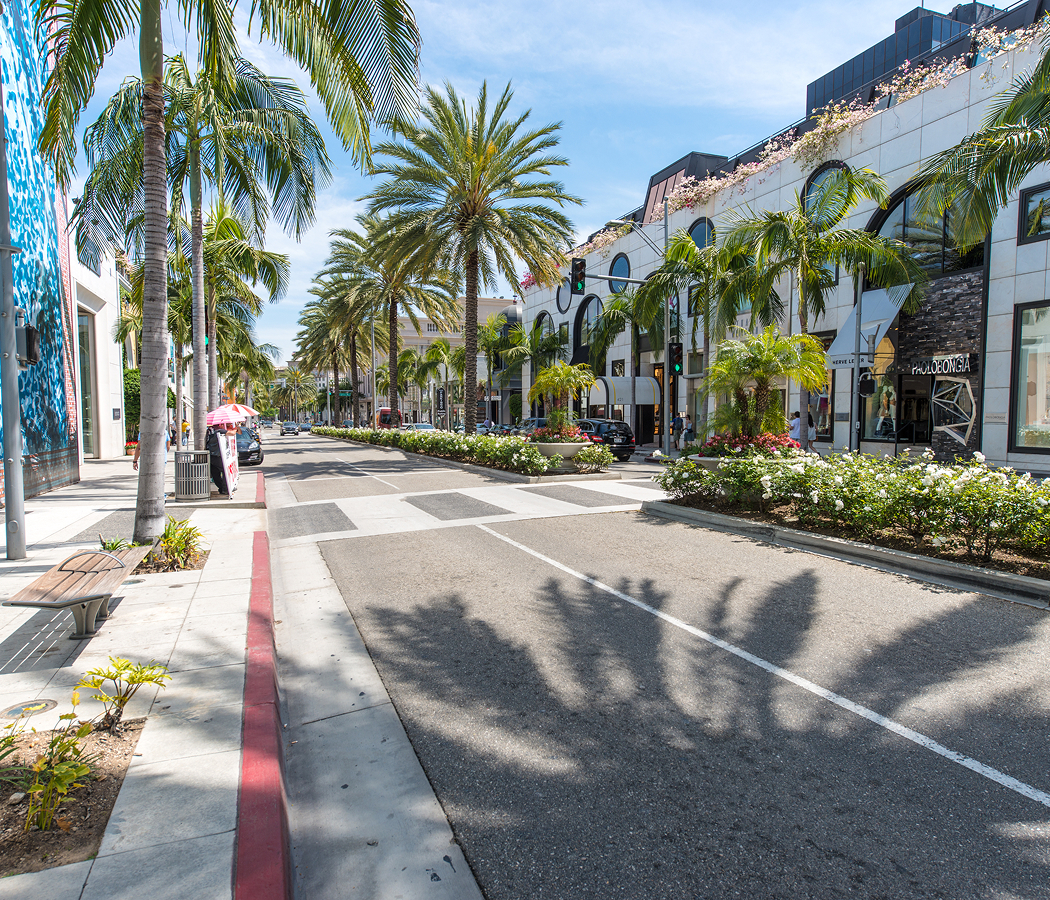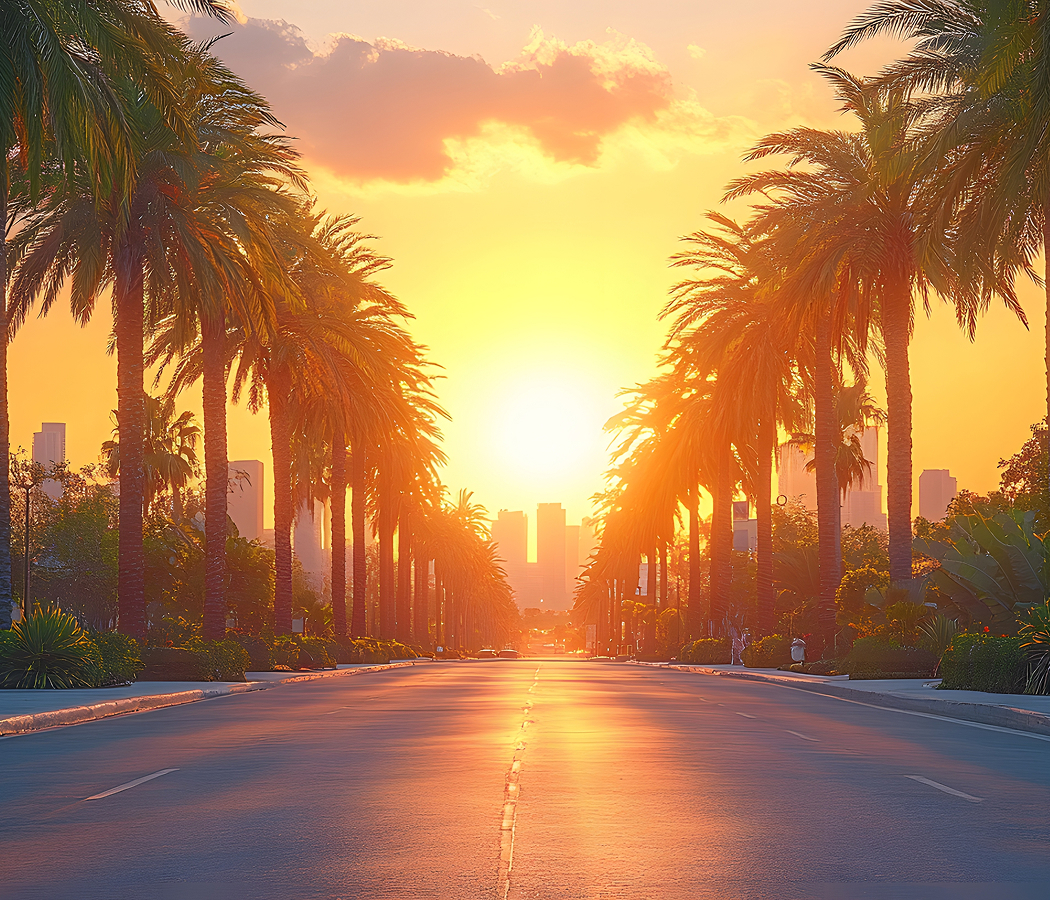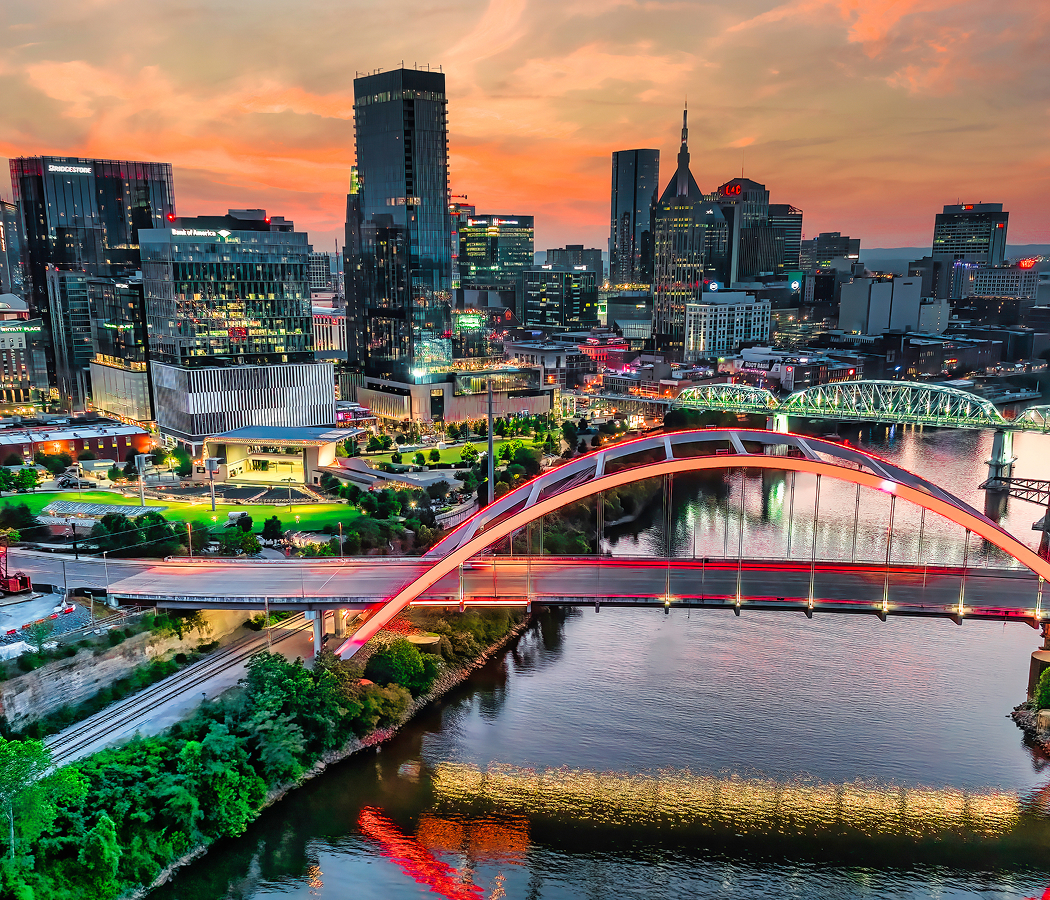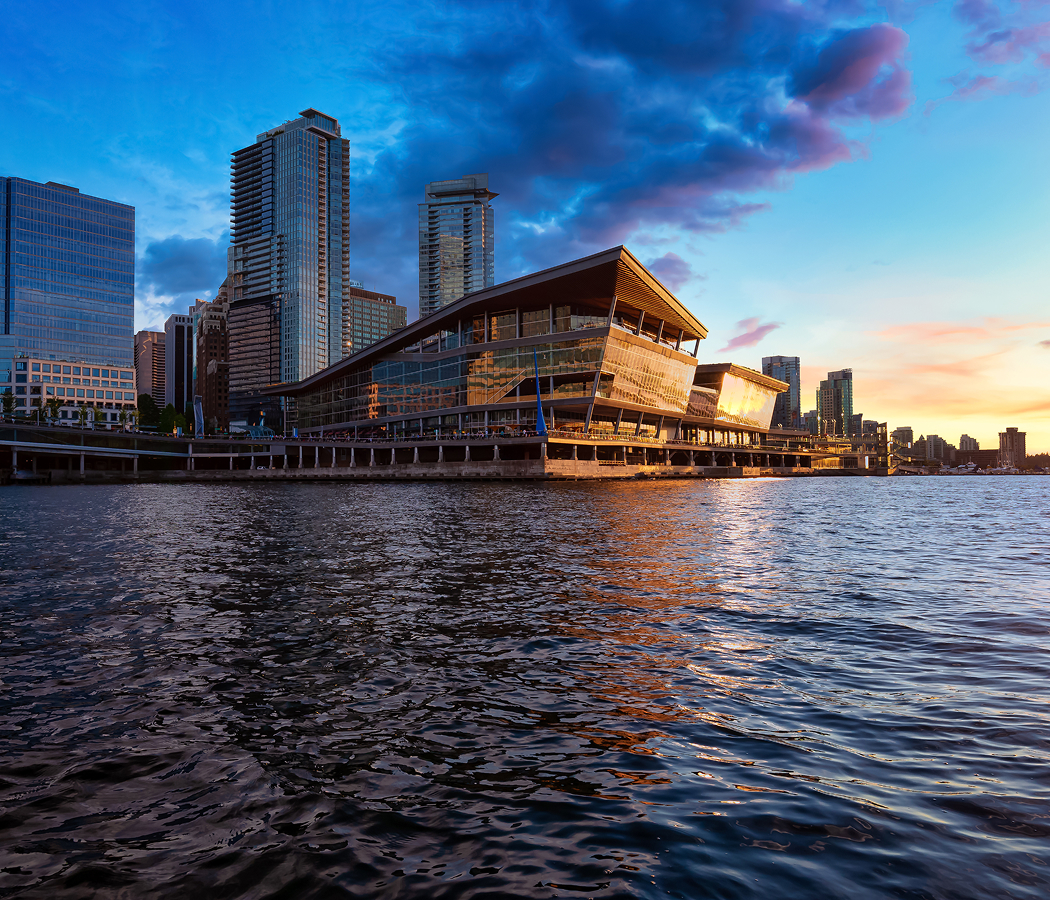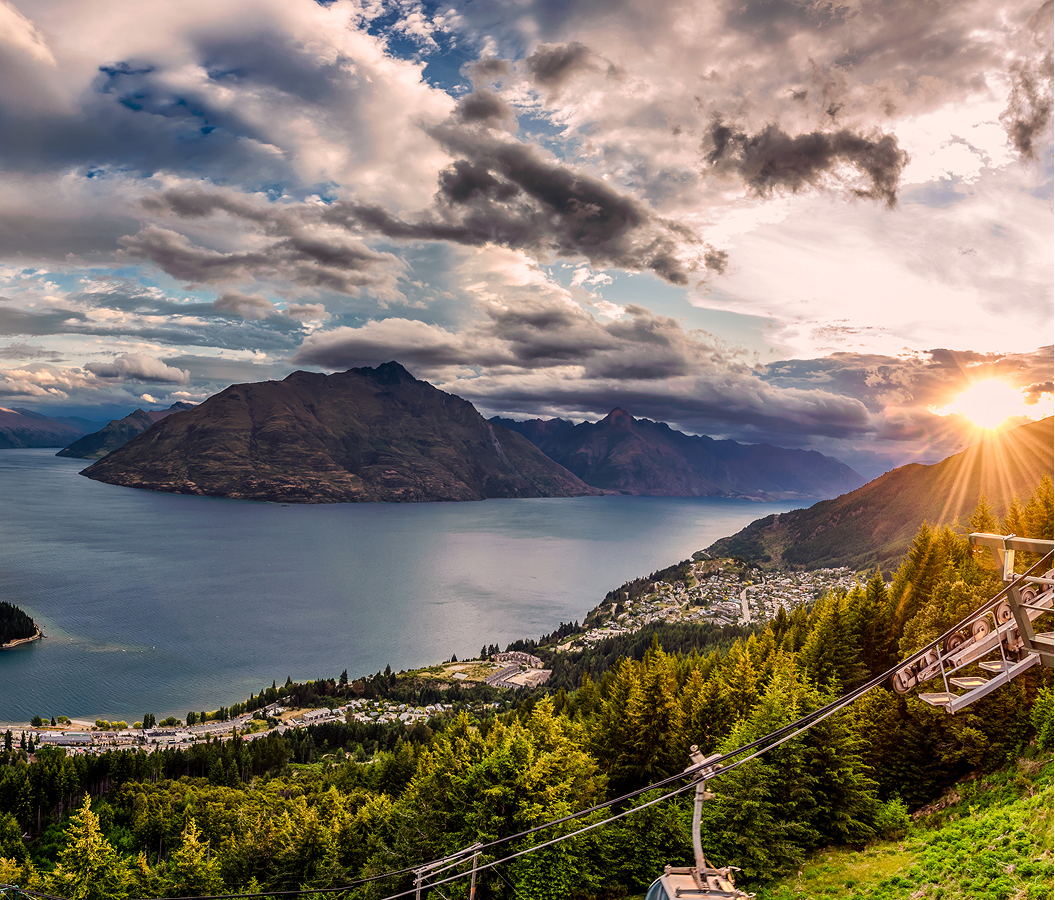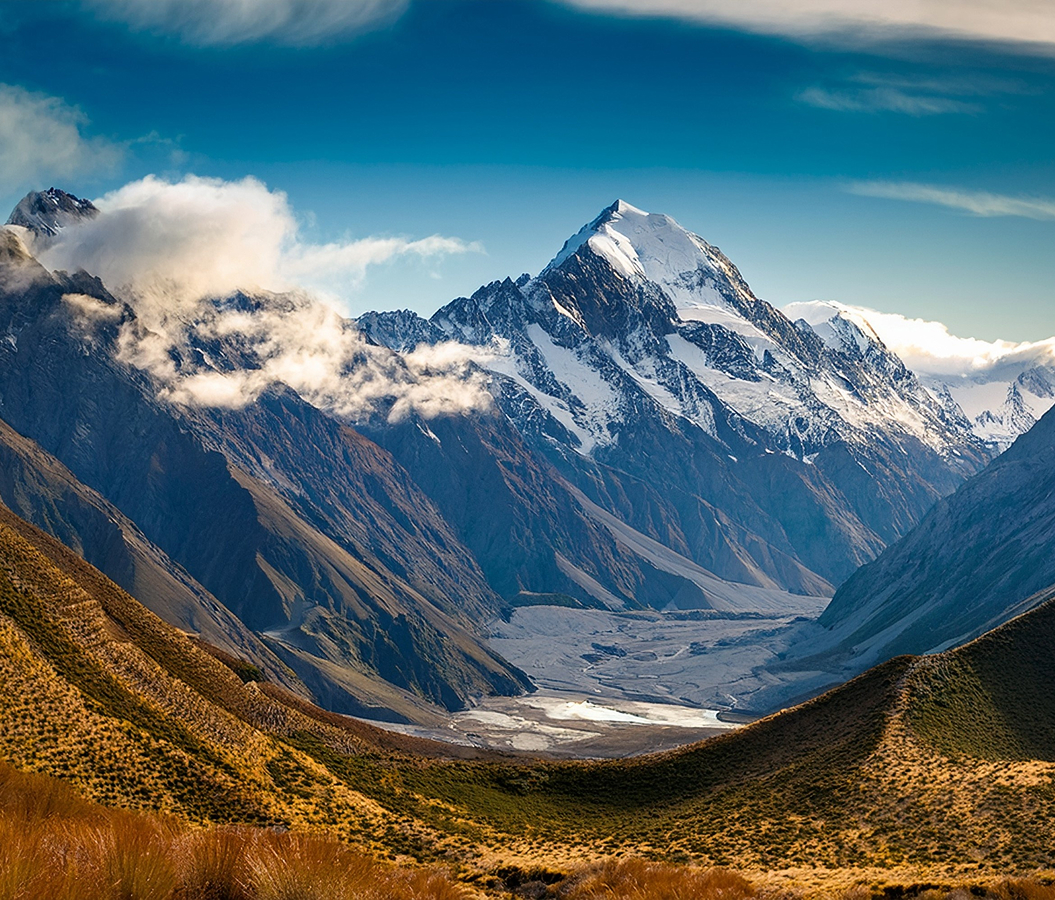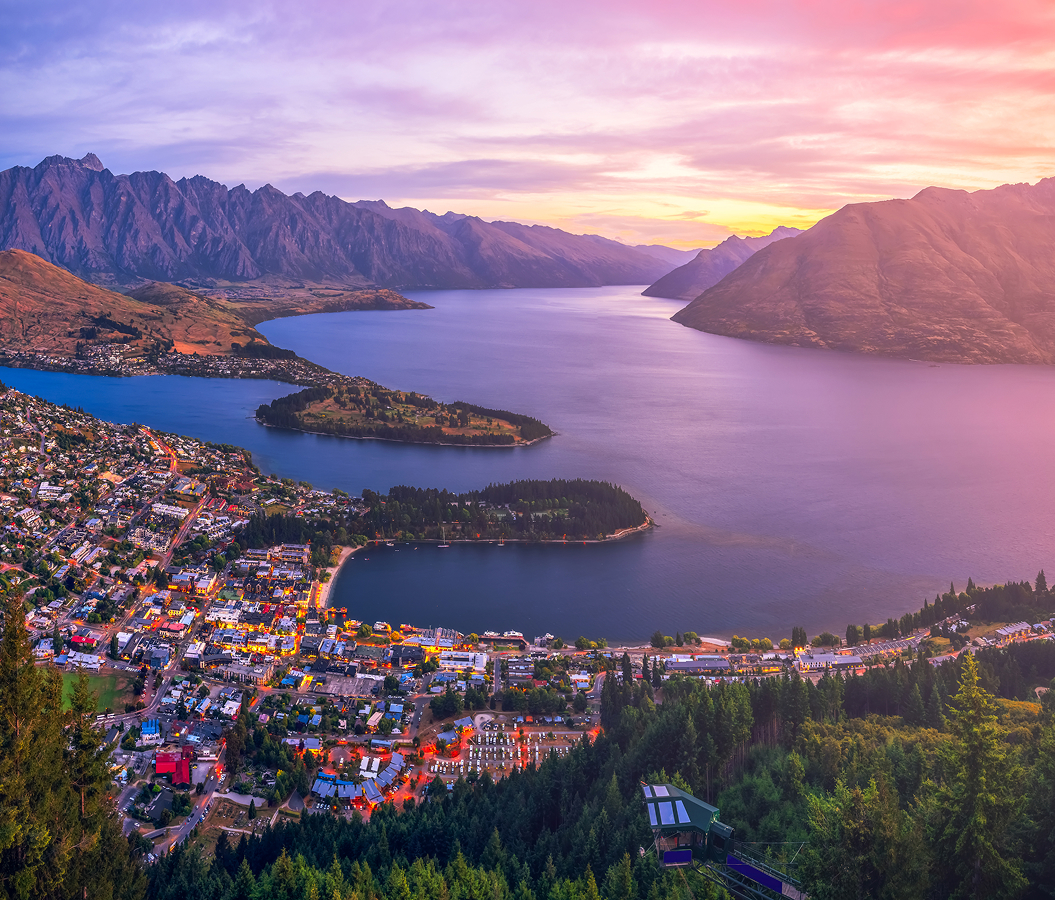
Why you should experience Lumpini Park in Bangkok.
Lumpini Park isn’t just a park, it’s the heartbeat of Bangkok at rest, where the city’s chaos melts into calm beneath a canopy of palms and banyan trees.
Sprawling across more than 140 acres in the city center, Lumpini Park offers a rare kind of stillness, a place where skyscrapers rise like sentinels above shimmering lakes and the rhythm of joggers replaces the rush of traffic. Founded in the 1920s by King Rama VI, it was the first public park in Bangkok and remains its spiritual core, a green expanse where tradition and modernity coexist in perfect harmony. Each morning, the air fills with the soft sounds of tai chi groups moving in unison, while vendors serve steaming bowls of jok (Thai rice porridge) to early risers. By afternoon, families picnic under swaying trees, and in the evening, runners trace the water’s edge as streetlights flicker on. The park is alive but never hurried, a place where time bends, where the air tastes of lotus blossoms, and where Bangkok finally exhales.
What you didn’t know about Lumpini Park.
Behind its serene beauty lies a story of vision, resilience, and royal legacy.
Lumpini Park was created in 1925 on royal land that once belonged to King Rama VI, who envisioned it as a place of culture, learning, and leisure for all citizens. Named after Lumbini, the birthplace of the Buddha, the park was designed to embody balance between body, mind, and spirit. Through nearly a century of transformation, it has endured wars, floods, and modernization, yet its purpose has remained unchanged: to connect people with nature in the heart of one of the world’s most dynamic cities. Over the decades, the park has become a stage for civic life, hosting outdoor concerts, political gatherings, and cultural festivals that mirror Bangkok’s ever-evolving identity. Its lakes and gardens now serve as sanctuaries for wildlife, including the famous monitor lizards that wander lazily along the paths, unbothered by the city that surrounds them. Today, Lumpini Park stands as both a historical landmark and a model of urban coexistence, living proof that even a megacity can hold space for stillness.
How to fold Lumpini Park into your trip.
To experience Lumpini Park in its purest form, come early, before the heat and noise of Bangkok take hold.
Arrive just after sunrise, when mist hangs low over the lake and locals gather for tai chi, yoga, or quiet reflection. Rent a paddleboat to glide across the calm water, or follow the walking trails that loop beneath groves of rain trees and palms. Pause at King Rama VI’s statue near the entrance, a tribute to the monarch whose vision gave Bangkok its green heart, before continuing to the park’s lotus gardens, where blossoms float in mirrorlike ponds. Around midday, seek shade at one of the open-air pavilions or grab a drink from the small kiosks that dot the paths. Return at sunset, when the sky glows amber and the park fills with laughter, music, and the soft rustle of evening breezes. If you listen closely, you’ll hear the city beyond, distant, softened, and somehow irrelevant. Lumpini Park isn’t just an escape from Bangkok; it’s its antidote, a reminder that even in a city of motion, peace has a place.
Hear it from the Foresyte community.
Park is full of trees, shade and dragon-sized lizards. We grabbed a swan boat thinking it’d be corny, then twenty minutes found ourselves in a therapy with the fountain.
Where meaningful travel begins.
Start your journey with Foresyte, where the planning is part of the magic.
Discover the experiences that matter most.










